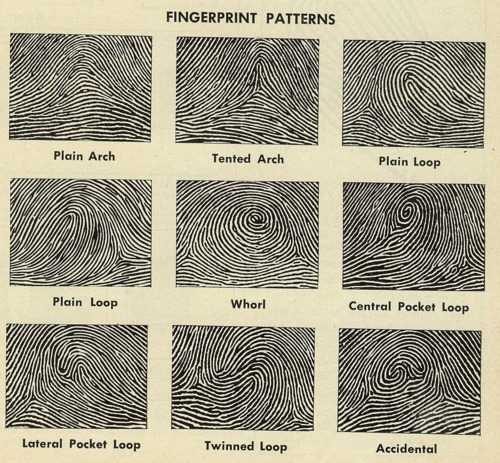The Progress of Forensic Science: secrets exposed by sweat, sludge, flies and fingerprints.
Today most people are familiar with
forensic methods used to solve crimes because of the popular TV and internet
programmes such as CSI (Crime Scene Investigation), Cold Case and internet
Youtube videos such as Buzzfeed Unsolved Mysteries.
We think of these scientific methods
as being very modern and it is true that great advances have been made in the
20th and 21st centuries, but how far back does forensic
science go?
You might be surprised to learn that
the first written recorded murder to be solved using forensic evidence took place in 1235 AD .The
case can be found in a book called “The Washing Away of Wrongs”, written
by Song Ci a Chinese coroner and
detective. A body of a man was found in a rice field hacked to death in rural
China. The wounds indicated that an ordinary farming sickle was the murder
weapon. The coroner ordered all the local famers to come out into the square
and place their sickles on the ground in front of them in the sun. After a few
minutes a bluebottle fly landed on one of the sickles, followed by many more.
The flies were attracted by microscopic traces of flesh and blood. The owner
became nervous and confessed to the murder. The first case solved by forensic entomology.
An area which over
the last 3 centuries has become very important in solving criminal cases, is
geoforensics. One of the first murder cases to be solved by applying forensic
geology was the Filbert Case in 1908. Margaret Filbert’s body was found without
her head in a forest in Bavaria. The police were sure that Andreas Schlicher
was the murderer but it was difficult to prove. Schlicher claimed that he had
never left his farm that day. However, layers of mud found on his boots proved
that he had been in the forest where the crime had taken place and the layer of
brick dust proved he had later been in the old castle where blood stained
clothes and the murder weapon were found. The suspect had lied and had been in
these places the day of the crime. The geoforensic evidence was essential in
convicting him of the murder.
In 1949 the acid bath
murders caused a sensation. The murderer , Jon George Haigh confessed that he had killed
nine women and dissolved their bodies in acid. He was confident that he would
not be accused because he misunderstood the term corpus delicti and mistakenly believed that, if the bodies
could not be found, a murder conviction would not be possible. The term
actually means ‘body of evidence’ but the investigators were finding it
difficult to find proof. The pathologist Keith Simpson was determined to gather
sufficient evidence. Haigh had told them that he had poured out
the sludge from the bath into the back garden; Simpson gathered up the sludge
and examined it minutely. He found a gall stone which had been protected from
the acid by human fat and a tiny particle of a bone. Both these indicated an
elderly female who suffered from gall stones which corresponded to the last victim.
It was sufficient, together with Haigh’s confession, to secure a conviction. Forensic
pathology had triumphed.

I read in a recent article how a new spectrometry analysis of fingerprints can now reveal the presence of drugs, alcohol and blood in the owner, if they are male or female, what they have eaten and even if they have touched a condom! The scientists explain that a fingerprint is really just a “sweat mark” and thus can tell us all sorts of things. This poro-dactyloscopy test is already being used to solve cold cases.
There have been many crime investigations where
new scientific discoveries have led to great advances in forensic science. The
discovery of DNA is one of them. You can find others at
In today’s world it
is no-longer so easy to hide these horrendous crimes. Forensics is advancing!

Comentarios
Publicar un comentario